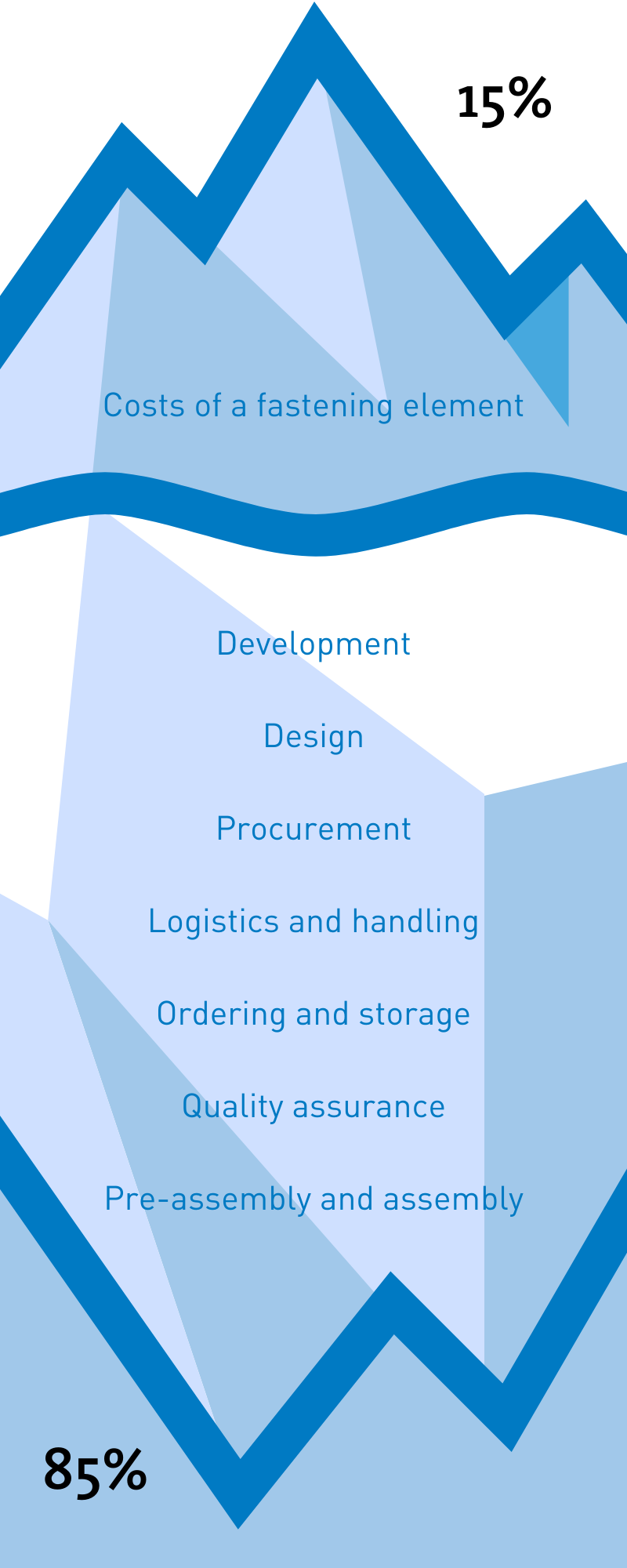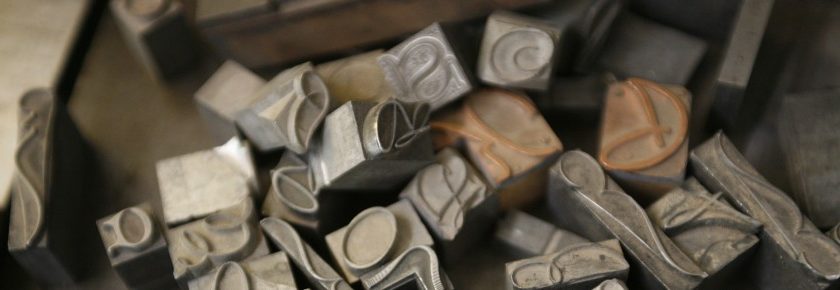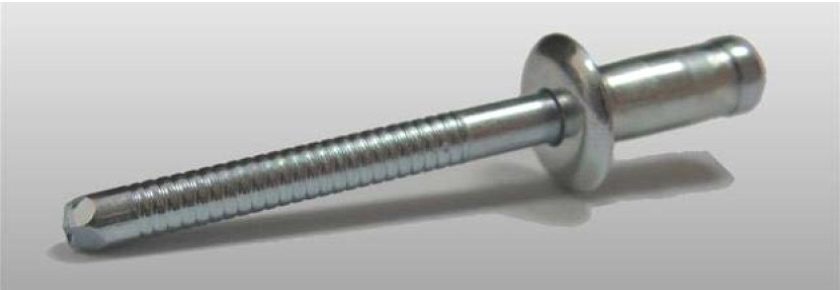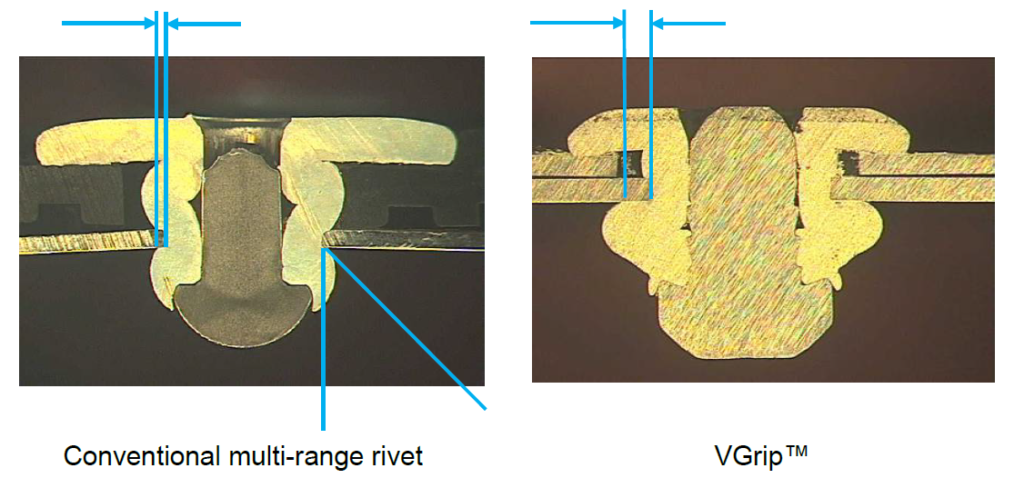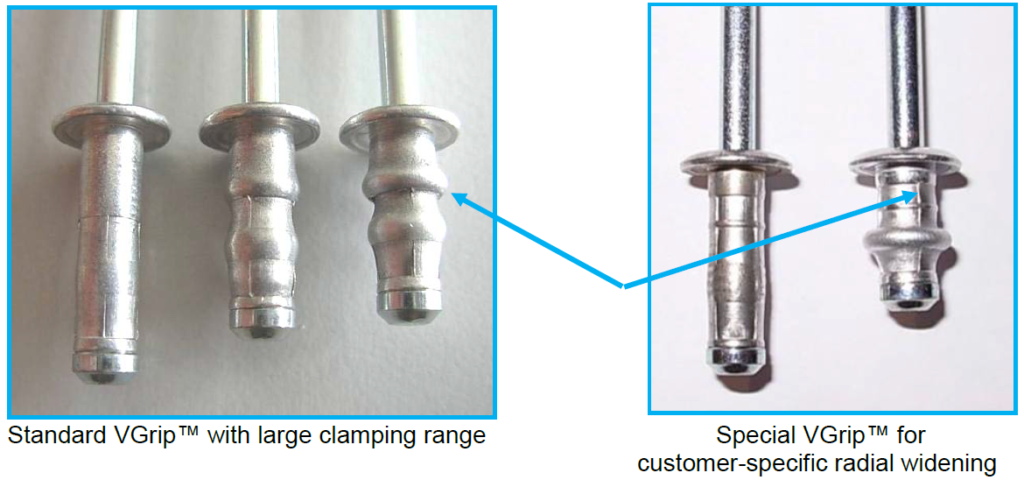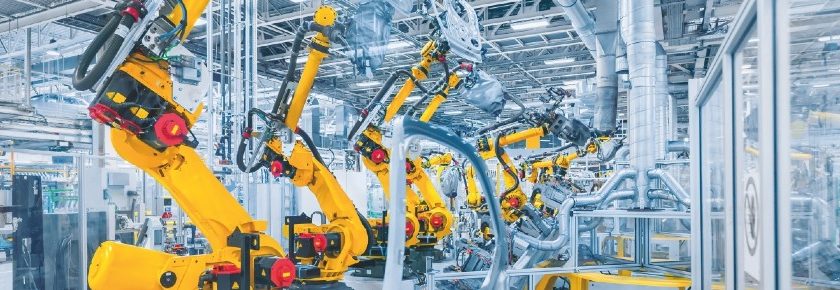At Bossard, we include several innovative solutions designed to make life in the production and manufacturing environments easier. SmartLocker is the latest in a long line of solutions aimed towards improving inventory management and fulfillment. Fully automated and controlled, SmartLocker lets you store your consumables and high-value items with confidence and efficiency. You’ll find plenty of benefits with SmartLocker:
- Full usage control per access
SmartLocker’s weight sensors and advanced error-proof system ensure full-cycle control. - Automated cost center allocation
SmartLocker makes it easier to keep track of costs, resulting in reduced operating expenses and enhanced profitability. - Reliable theft protection
Items stored within the SmartLocker system are accessible only via RFID card recognition, thus providing an effective means of usage and access control. RFID-only access ensures that only authorized personnel are granted access to inventory within SmartLocker. - Shortened order and delivery times
SmartLocker’s inventory-tracking capabilities make it easier and faster to fulfill orders and replenish inventory. - Easy to replenish as inventory repacking is not required
SmartLocker uses state-of-the-art technology to make replenishing your inventory as effortless as possible. - Clear doors for maximum visibility and accessibility
SmartLocker showcases all stock via clear doors, making it easier to procure consumables quickly and without error. - Increased efficiency
Streamlined inventory methods like SmartLocker not only increase overall efficiency but also boost productivity. - Complete process transparency
SmartLocker regularly keeps you updated on inventory levels and user information through the ARIMS operation dashboard. Accessible via Web API, SmartLocker gives you the full picture when it comes to your inventory. - Maintenance-free
SmartLocker requires little to no maintenance – thereby eliminating both downtime and unexpected repair costs.
Bossard SmartLocker is just one of the ways we deliver Proven Productivity through smart product solutions and innovative technology. Email us at ProvenProductivity@bossad.com today and learn more about implementing SmartLocker or any of our other Smart Factory Logistics solutions in your factory.



